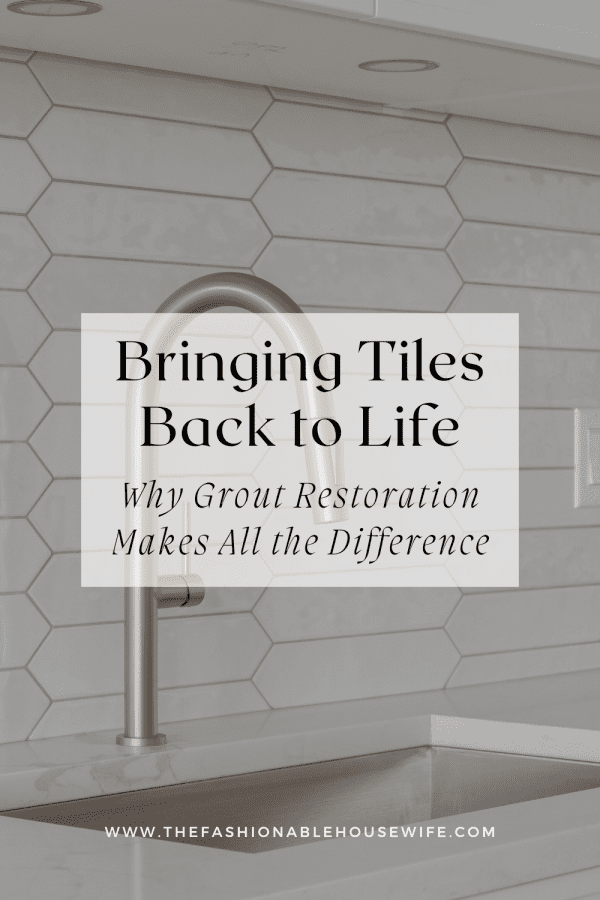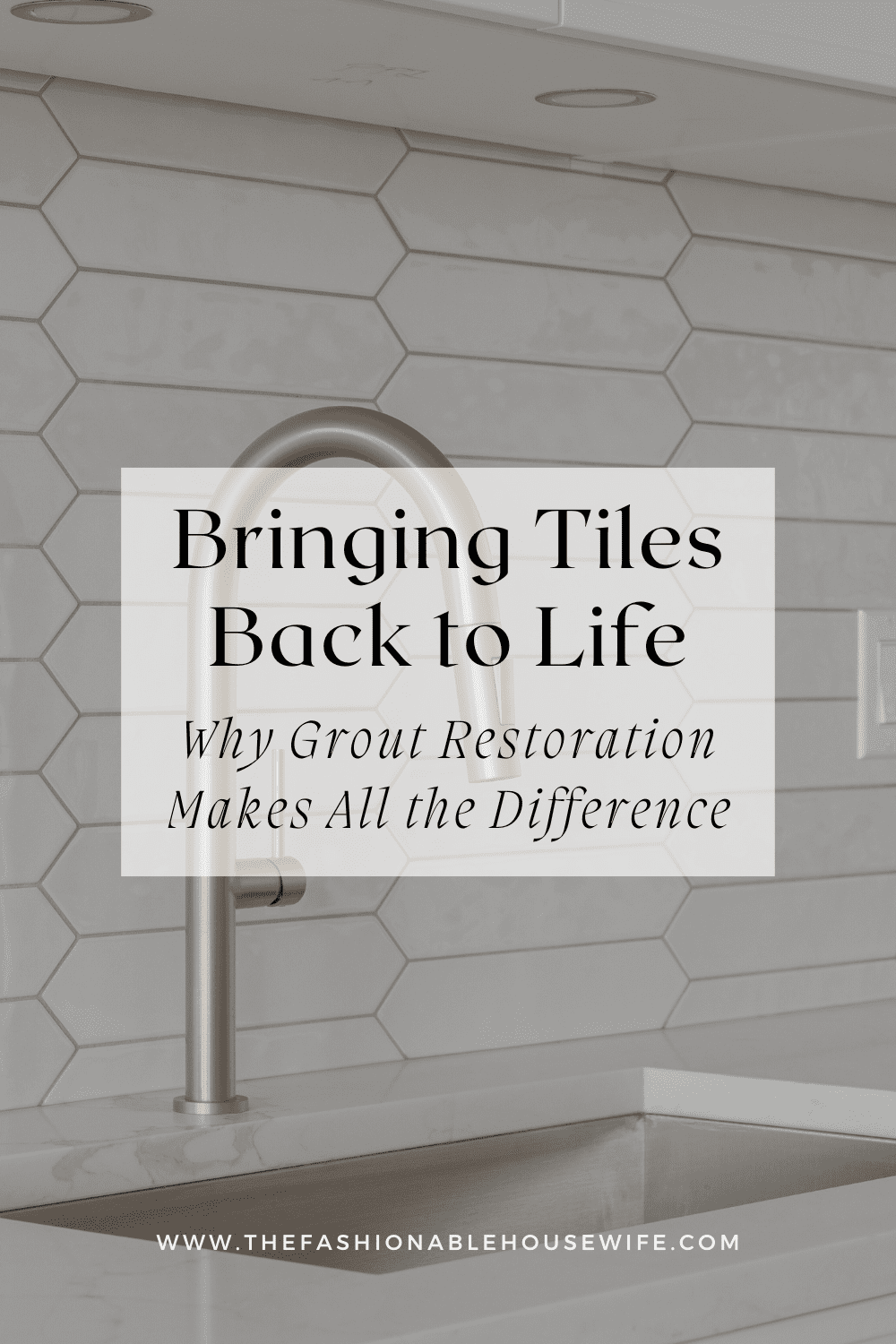Bringing Tiles Back to Life: Why Grout Restoration Makes All the Difference

Why Grout Is the First to Show Dirt—and the Last to Be Cleaned
Grout is one of those things you don’t notice when it’s clean—but once it darkens, discolours, or cracks, it pulls all the attention away from your tiles. It quietly absorbs spills, collects dust, and clings to moisture. Over time, what was once a bright, crisp grid between your tiles turns dull, grimy, and aged-looking. Even the most pristine tiles start to look tired when surrounded by stained grout lines.
Unlike tile surfaces, grout is porous. It acts like a sponge, absorbing water, oils, and dirt, especially in high-traffic areas like kitchens, bathrooms, and entryways. Regular mopping can’t quite reach into its porous structure, which is why even tidy homes and businesses end up with grout that looks permanently dirty.
The Hidden Impact of Neglected Grout
Aside from affecting how your tiles look, dirty grout can create hygiene issues. In bathrooms and wet areas, grout can harbour mould and mildew—often leading to that musty smell no amount of air freshener can mask. In kitchens, it absorbs grease and bacteria, making the floor feel sticky underfoot even when freshly cleaned.
Then there’s the wear factor. As grime builds up and moisture seeps in, grout begins to break down. Cracks form, tiles loosen, and soon you’re facing costly repairs or full retiling when a restoration could have saved the day—and your budget.
What Grout Restoration Actually Involves
Grout restoration isn’t just a quick scrub with a stiff brush. It’s a thorough, multi-step process that brings grout back to near-new condition. Depending on how damaged or stained it is, restoration may involve deep cleaning, re-colouring, resealing, or even re-grouting sections.
Professional-grade products and tools are used to lift embedded dirt and bacteria, rather than simply pushing it around. Steam cleaning is often part of the process, as is the application of penetrating sealers that help keep the grout protected long after the job is done.
Why DIY Usually Falls Short
You can find grout pens, miracle sprays, and stiff brushes at most hardware stores—but they rarely live up to expectations. Many DIY methods focus on covering the problem, not solving it. Grout pens, for example, can simply trap existing dirt underneath a fresh coat of colour, which may flake or wear away unevenly over time.
Others resort to bleach-based cleaners, which can discolour grout and damage surrounding surfaces if not used carefully. And let’s not forget the time and effort it takes to scrub an entire tiled area by hand—not something most people enjoy or have time for.
Bringing in a specialist, such as a Grout Cleaner in Newcastle, means the job gets done thoroughly and efficiently, without the guesswork or sore knees.
Commercial Spaces: Grout Matters Here Too
It’s not just homeowners who benefit from grout restoration. In commercial spaces—restaurants, salons, medical centres, or retail stores—floors do a lot of talking. Clients notice dirty grout more than you might think. In these settings, grout restoration isn’t just about aesthetics—it’s about presenting a clean, well-maintained space that feels trustworthy and cared for.
Regular grout maintenance can also reduce slip hazards in areas where soap residue or grease has built up, making your floors not only better looking but safer.
Sealing the Deal: Why Grout Needs Protection
Once grout is restored, sealing it properly is the key to keeping it that way. Sealants create a barrier that repels water, oil, and dirt, extending the life of your grout and making day-to-day cleaning much easier. Without a good seal, your grout will start absorbing contaminants again—and the cycle repeats.
Professional grout restoration always includes the right kind of sealant, matched to the type of tile and grout. It’s a small detail that makes a big difference in keeping that refreshed look for longer.
A Fresh Start for Your Tiles
You’d be surprised how much grout restoration can lift the appearance of a whole room. It’s like a facelift for your floors and walls—suddenly, the space feels newer, brighter, and more polished. And you don’t have to rip anything out or re-tile the space.
Whether it’s a tired shower, a stained kitchen splashback, or a discoloured hallway floor, restoring your grout is a smart and cost-effective way to make your space look and feel cleaner.
Don’t Let Dirty Grout Drag Down a Beautiful Space
Tiles are durable. They’re built to last. But if the grout around them isn’t maintained, the whole area can start to look tired far too soon. Grout restoration is one of those hidden gems in property maintenance—a small investment that pays off in visual appeal, hygiene, and longevity.
So if your floors or walls are looking a bit worse for wear, it might not be the tiles. It could just be time to give the grout the attention it’s been missing. And calling in a professional grout cleaner in Newcastle can make that transformation happen faster—and more effectively—than you think.

